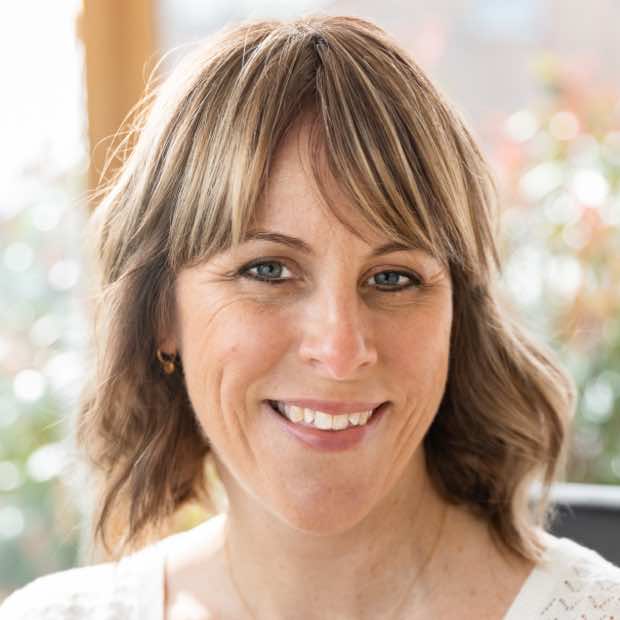Listen to this episode
On this episode
Steve Andrews joins us to share the five important questions that will help you check in with your colleagues, rather than check up on them. Through these five questions, leaders can find out how their people really are, help them to solve their own problems and communicate empathy and support.
Episode transcript
Dr Rachel Morris: Have you ever thought about doing something different with your life, but have been too scared to try? Or the thought of staying where you are and doing the same thing forever fill you with dread? In this episode, I’m chatting with Dr Chris Hewitt, GP, coach and educator about what it is to be a man-frog sitting in a pan of slowly boiling water. We talk about why we keep going in jobs and workplaces which aren’t suiting us, and the dangers of making a rash decision or no decision at all. We discuss what it…










